Coal Mining History - an important and extremely rare 19th century brass patent miner's lamp, by William Purdy, carrying hook above a perforated ... chimney and gauze lined glass chamber, 20cm high, ensuite with a printed advertisement and original copper printing plates from Purdy's office, inscribed W Purdy, Eastwood, Nr. Nottingham Miners' Safety Lamps and Pneumatic Lock and Unlocking Apparatus, Inventor of the Gauzeless Lamp and Metallic Cylinder or Shield to Miners' Safety Lamps and Pneumatic Lock, Royal Letters Patent, April 1879, First Prize awarded Life Saving Exhibition, London 1882, First Prize awarded Engineering and Metal Trades Exhibition, London 1883, also First Prize (10 guineas) for Best Model, Working Man's Section, First Prize awarded Sanitary and Industrial Exhibition, Leicester 1885, Silver Medal awarded International Invention Exhibition, London 1885, Bronze Medal awarded International Invention Exhibition, Liverpool 1886, Previous to W Purdy's invention the only Miner's Lamps in use were the Davy, Clanny and Stephenson, exploding in currents of gas at 6ft-8ft and 9ft per second respectively. The application of the Purdy Shield has raised the Gauze Lamps up to a safety of 30 feet per second. The Original Patent Lamp is safe up to 50 feet per second velocity in explosive mixtures, framed (3) To accompany his invention, which met with modest success, Purdy published An Essay on Colliery Explosions and Safety Lamps (Colliery Guardian, London, 1880) This set out 16 advantages of his lamp over its predecessors but, despite nine further patent lamps being developed, electricity gradually rendered them obsolete. An electric miner's lamp had been invented in 1859 and Swan's lamp tried with success from 1881, with electricity becoming widespread in mines by 1900 and universal by 1930. Purdy Lamps are consequently quite rare, the only other one publicly known being in the Durban House Heritage Centre at Eastwood, Notts., the mining village where William Purdy had been born to Francis and Jane Purdy on 16th March 1843. He had a long career in the coal industry and died at Eastwood on New Year's day 1928. Until the 19th century coal mines were lit by candles, which generally gave a good light but which flickered or went out in sudden gusts of wind (prevalent in mines due to the vagaries of ventilation) and which were also a danger if there was a build-up of inflammable gas, called firedamp, which on contact with a naked flame, would explode. In May 1812 the 92 fatalities of the Felling Pit disaster stimulated research into safer ways of lighting the mine and in November 1815, both Sir Humphrey Davy, Bt., FRS and the steam engineer George Stephenson demonstrated miner's lamps of their own devising, although in 1813, another device, the Clanny Lamp, had been demonstrated by William Allen but had been considered impractical. Both Davy's and Stephenson's lamps (which relied on various amounts of metal gauze to separate the flame from the surrounding air, but which consequently gave much inferior light) were considered a success, although Davy's was better at detecting the presence of gas build-ups Stephenson's (the Geordie lamp) gave better light, neither was wholly satisfactory. However, as early as 1818, an explosion at Wallsend Colliery demonstrated that in certain circumstances the flame could pass through the Davy lamp's gauze with fatal results. Furthermore, both types could be opened for forbidden activities like re-lighting or to revive a miner's pipe. Purdy's lamp, patented in 1879, was a development of the Geordie lamp. A gallery with gauze provides the inlet; above the glass is a chimney with perforated copper cap and gauze outer lid. A brass tube protects the upper works, shields them and keeps them locked in position by a sprung pin. The pin can only be released by applying a vacuum to a captive hollow screw; not something that a nicotine starved miner could manage at the coal face. Read more
Coal Mining History - an important and extremely rare 19th century brass patent miner's lamp, by William Purdy, carrying hook above a perforated ... chimney and gauze lined glass chamber, 20cm high, ensuite with a printed advertisement and original copper printing plates from Purdy's office, inscribed W Purdy, Eastwood, Nr. Nottingham Miners' Safety Lamps and Pneumatic Lock and Unlocking Apparatus, Inventor of the Gauzeless Lamp and Metallic Cylinder or Shield to Miners' Safety Lamps and Pneumatic Lock, Royal Letters Patent, April 1879, First Prize awarded Life Saving Exhibition, London 1882, First Prize awarded Engineering and Metal Trades Exhibition, London 1883, also First Prize (10 guineas) for Best Model, Working Man's Section, First Prize awarded Sanitary and Industrial Exhibition, Leicester 1885, Silver Medal awarded International Invention Exhibition, London 1885, Bronze Medal awarded International Invention Exhibition, Liverpool 1886, Previous to W Purdy's invention the only Miner's Lamps in use were the Davy, Clanny and Stephenson, exploding in currents of gas at 6ft-8ft and 9ft per second respectively. The application of the Purdy Shield has raised the Gauze Lamps up to a safety of 30 feet per second. The Original Patent Lamp is safe up to 50 feet per second velocity in explosive mixtures, framed (3) To accompany his invention, which met with modest success, Purdy published An Essay on Colliery Explosions and Safety Lamps (Colliery Guardian, London, 1880) This set out 16 advantages of his lamp over its predecessors but, despite nine further patent lamps being developed, electricity gradually rendered them obsolete. An electric miner's lamp had been invented in 1859 and Swan's lamp tried with success from 1881, with electricity becoming widespread in mines by 1900 and universal by 1930. Purdy Lamps are consequently quite rare, the only other one publicly known being in the Durban House Heritage Centre at Eastwood, Notts., the mining village where William Purdy had been born to Francis and Jane Purdy on 16th March 1843. He had a long career in the coal industry and died at Eastwood on New Year's day 1928. Until the 19th century coal mines were lit by candles, which generally gave a good light but which flickered or went out in sudden gusts of wind (prevalent in mines due to the vagaries of ventilation) and which were also a danger if there was a build-up of inflammable gas, called firedamp, which on contact with a naked flame, would explode. In May 1812 the 92 fatalities of the Felling Pit disaster stimulated research into safer ways of lighting the mine and in November 1815, both Sir Humphrey Davy, Bt., FRS and the steam engineer George Stephenson demonstrated miner's lamps of their own devising, although in 1813, another device, the Clanny Lamp, had been demonstrated by William Allen but had been considered impractical. Both Davy's and Stephenson's lamps (which relied on various amounts of metal gauze to separate the flame from the surrounding air, but which consequently gave much inferior light) were considered a success, although Davy's was better at detecting the presence of gas build-ups Stephenson's (the Geordie lamp) gave better light, neither was wholly satisfactory. However, as early as 1818, an explosion at Wallsend Colliery demonstrated that in certain circumstances the flame could pass through the Davy lamp's gauze with fatal results. Furthermore, both types could be opened for forbidden activities like re-lighting or to revive a miner's pipe. Purdy's lamp, patented in 1879, was a development of the Geordie lamp. A gallery with gauze provides the inlet; above the glass is a chimney with perforated copper cap and gauze outer lid. A brass tube protects the upper works, shields them and keeps them locked in position by a sprung pin. The pin can only be released by applying a vacuum to a captive hollow screw; not something that a nicotine starved miner could manage at the coal face. Read more

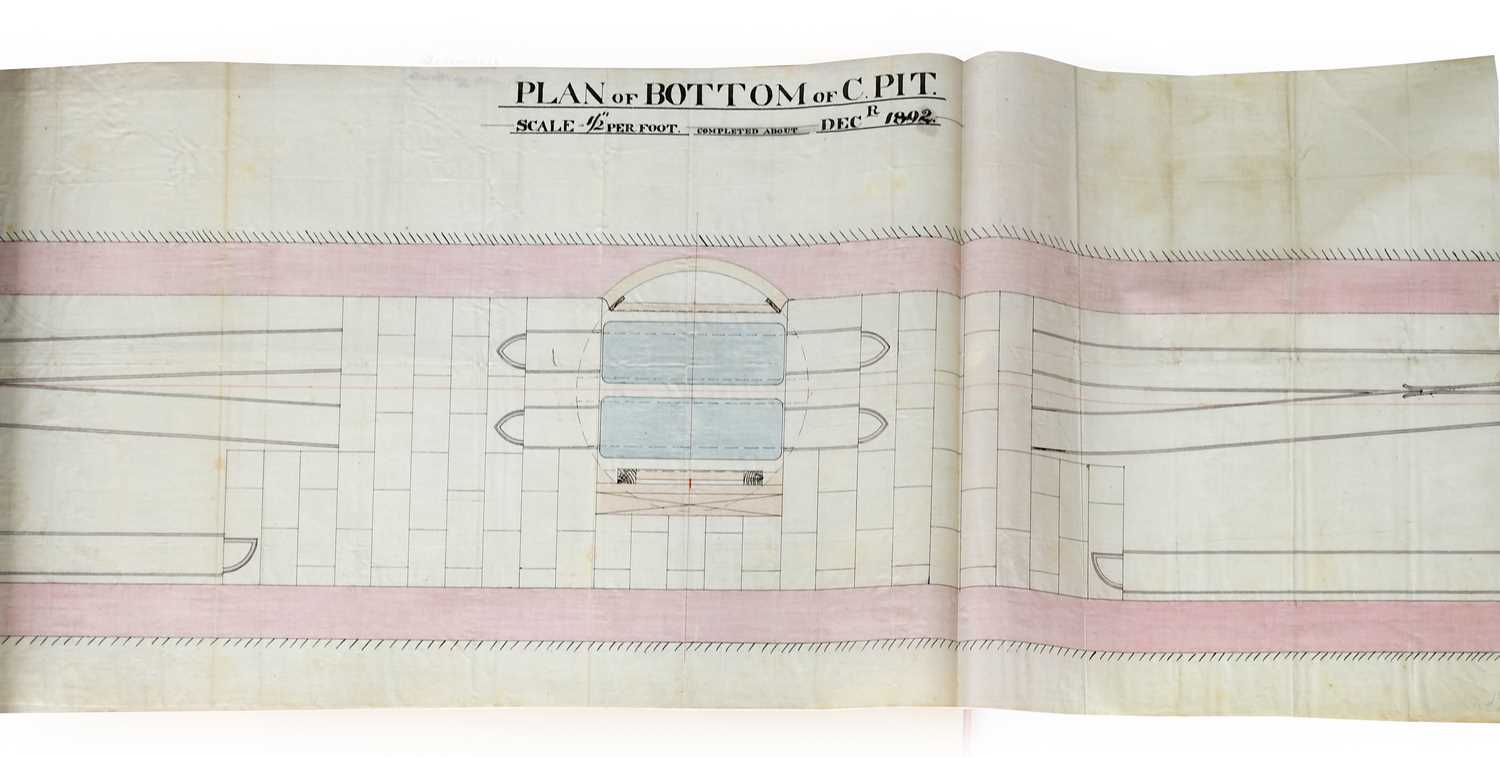
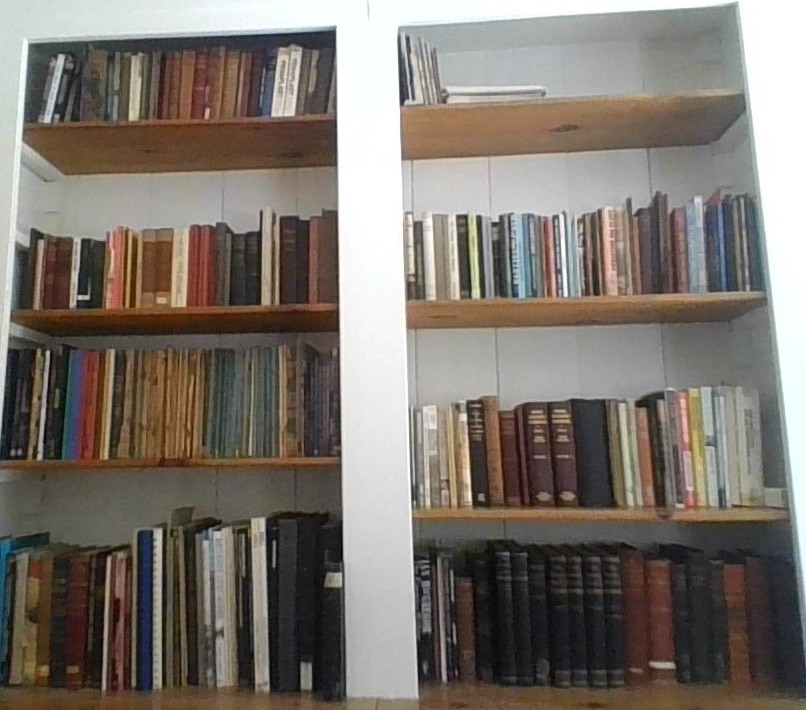

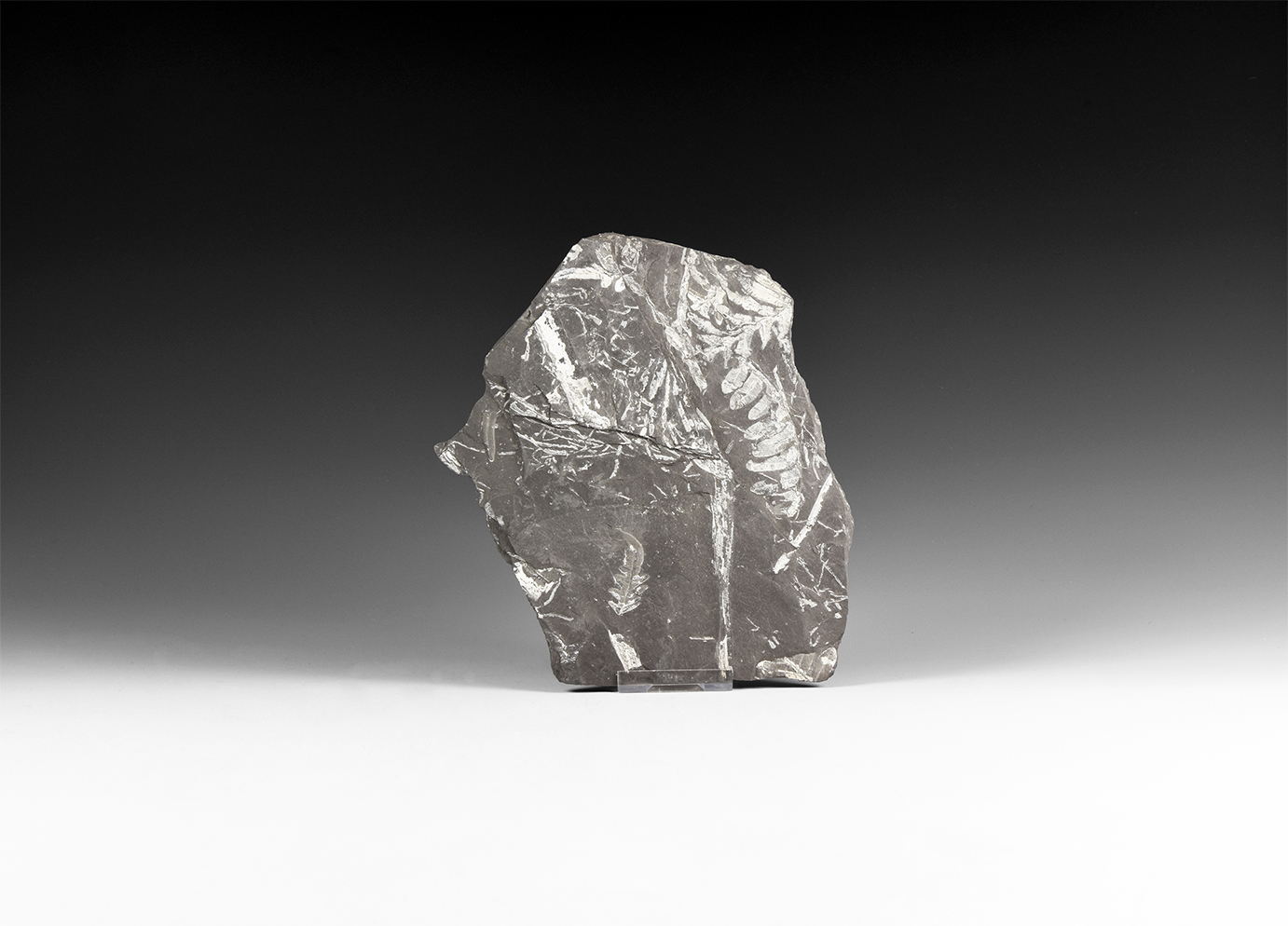


.jpg)

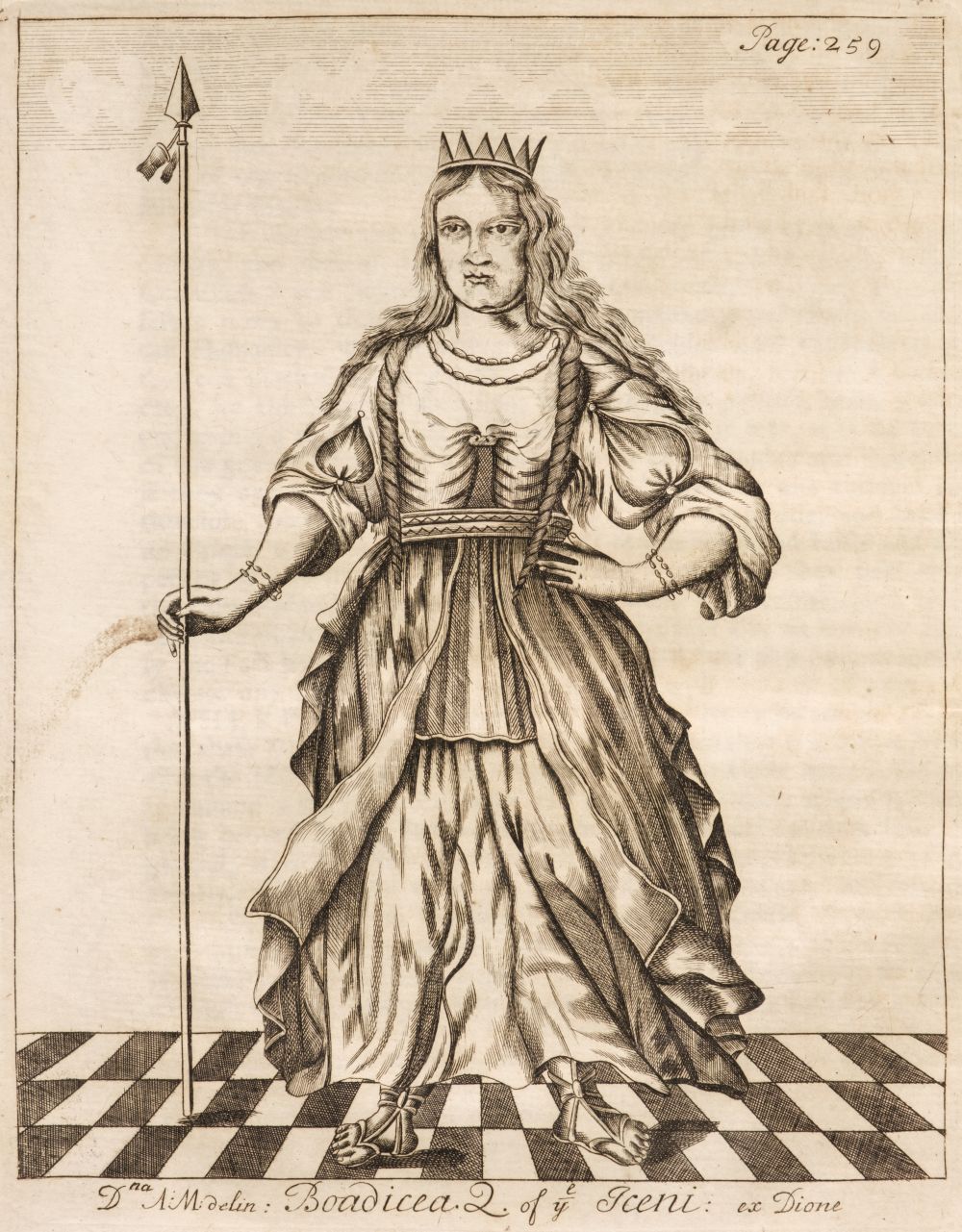
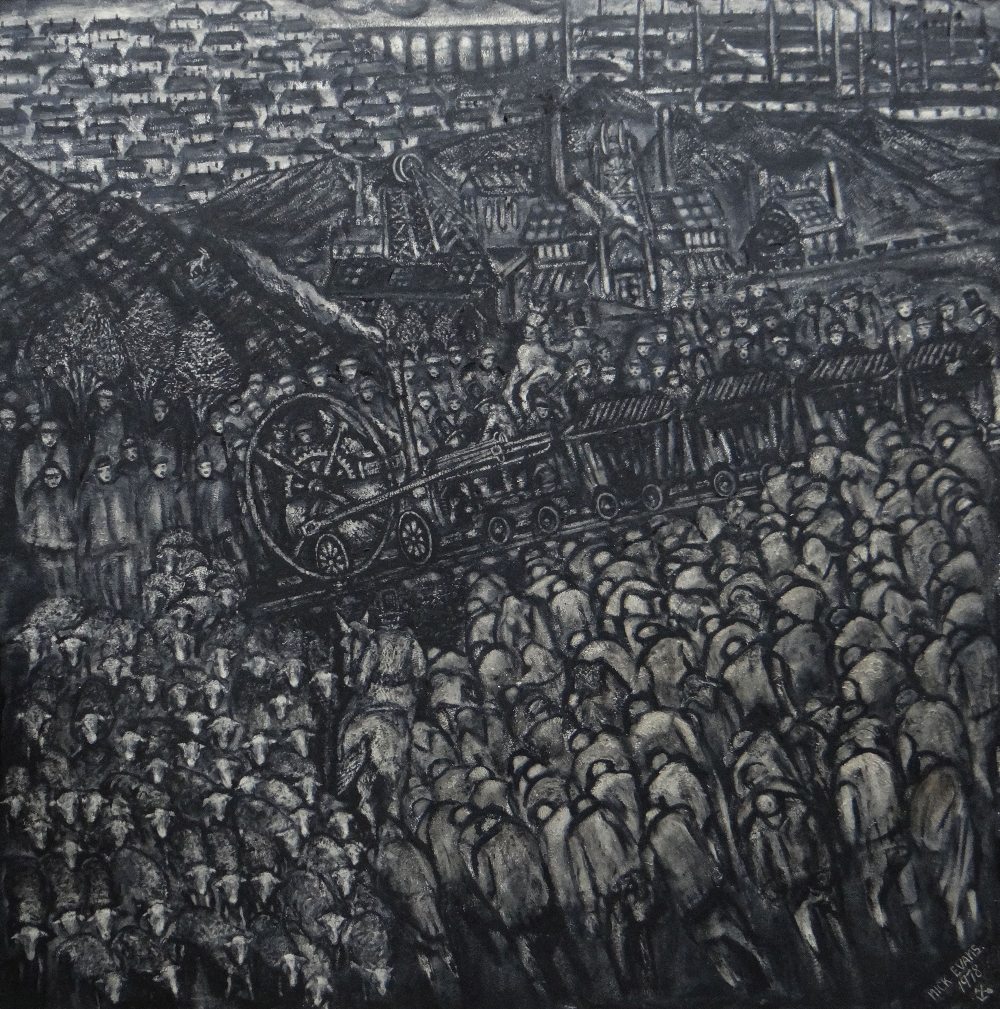
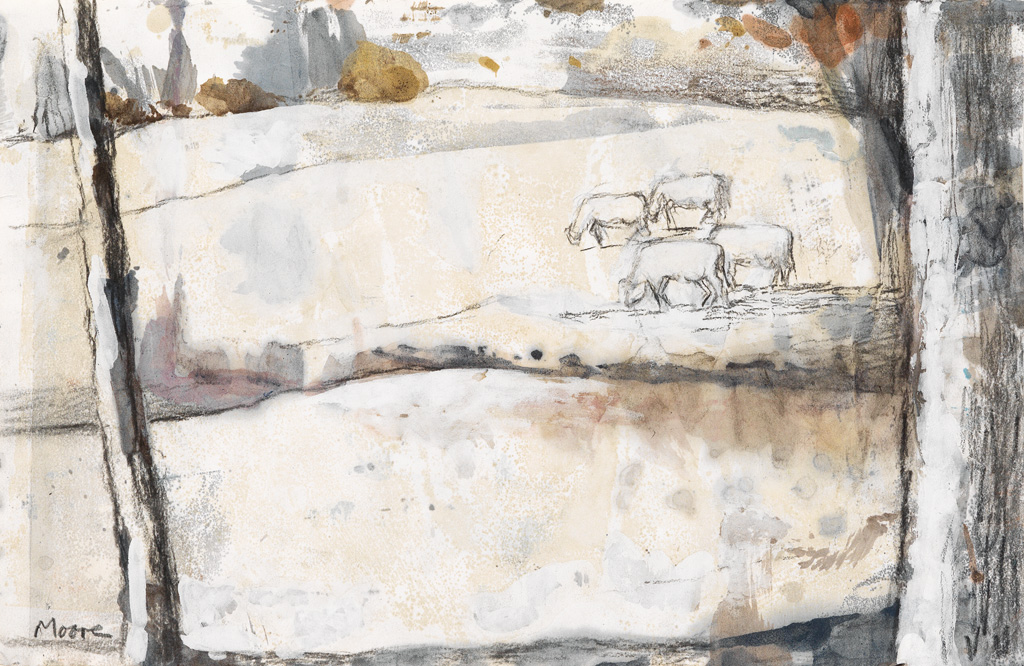
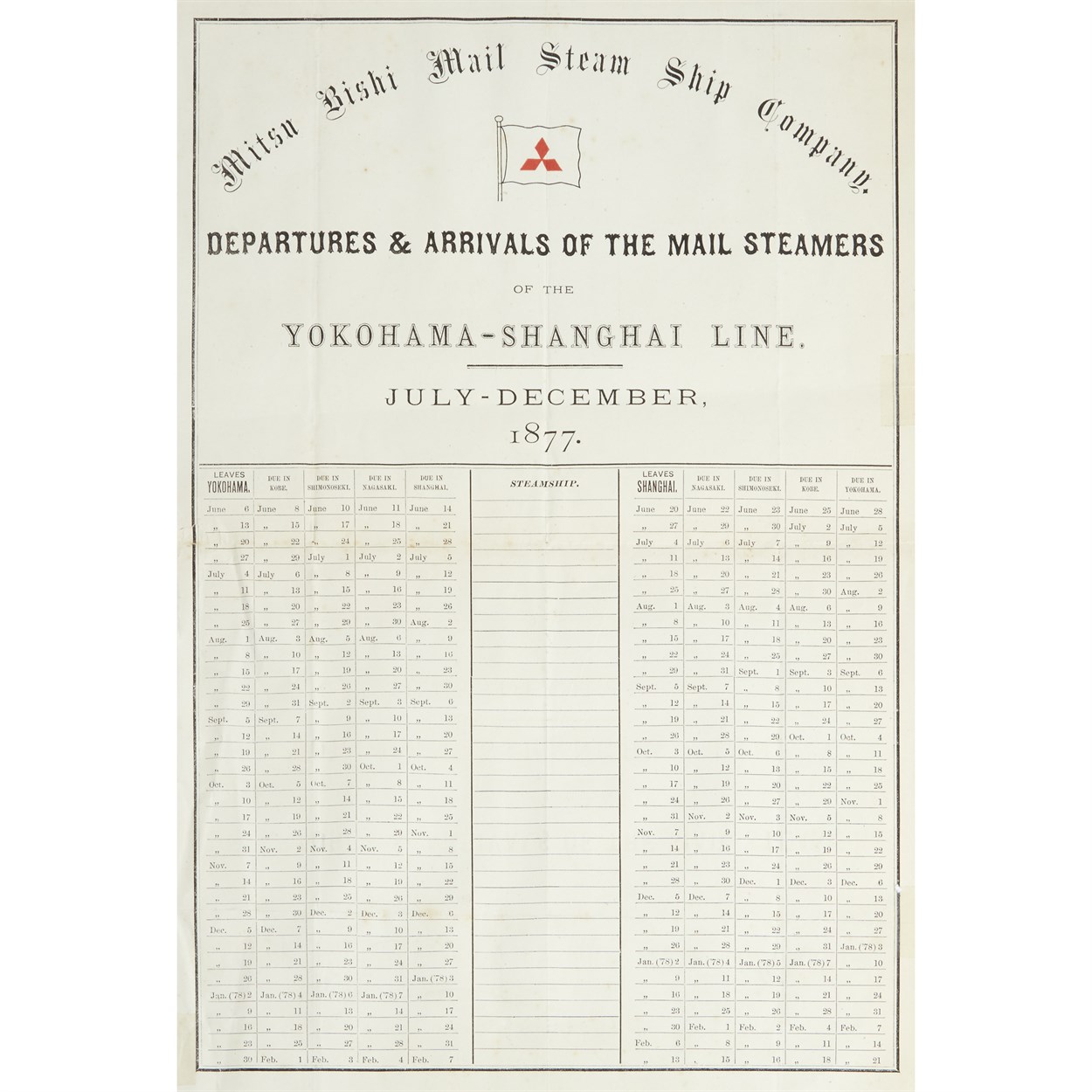

Try LotSearch and its premium features for 7 days - without any costs!
Be notified automatically about new items in upcoming auctions.
Create an alert